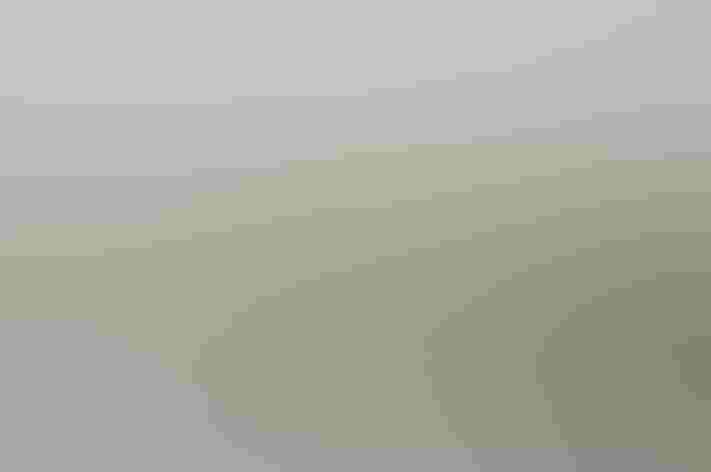Least Sandpiper
At a Glance
The smallest member of the sandpiper family, no bigger than a sparrow. This is the sandpiper most likely to be seen on small bodies of water inland. On sandy riverbanks, lake shores, and edges of sewage treatment ponds, little flocks of Least Sandpipers fly up to circle the area and then settle again, giving thin, reedy cries as they go. On the outer coast, outnumbered by bigger shorebirds, they seek out sheltered places on the muddy edges of the marsh.
All bird guide text and rangemaps adapted from Lives of North American Birds by Kenn Kaufman© 1996, used by permission of Houghton Mifflin Harcourt Publishing Company. All rights reserved.
Category
Sandpiper-like Birds, Sandpipers
IUCN Status
Least Concern
Habitat
Coasts and Shorelines, Fields, Meadows, and Grasslands, Freshwater Wetlands, Lakes, Ponds, and Rivers, Saltwater Wetlands, Tundra and Boreal Habitats
Region
Alaska and The North, California, Eastern Canada, Florida, Great Lakes, Mid Atlantic, New England, Northwest, Plains, Rocky Mountains, Southeast, Southwest, Texas, Western Canada
Behavior
Direct Flight, Flushes, Rapid Wingbeats, Running
Population
700.000
Range & Identification
Migration & Range Maps
Migrates in flocks. Birds from eastern Canada may make nonstop flight over ocean to northern South America; others move south through interior of North America, probably with short flights and frequent stops. Large numbers winter in southern United States.
Description
6" (15 cm). Very small, with very thin bill that turns down slightly at tip. Legs yellow or greenish, but color is often hard to see (and legs may be mud-covered). Overall more brown than other small peeps (brightest on juveniles in fall, dullest on winter birds), with brown wash across chest.
Size
About the size of a Robin, About the size of a Sparrow
Color
Black, Brown, White, Yellow
Wing Shape
Pointed, Tapered
Tail Shape
Rounded, Short, Square-tipped, Wedge-shaped
Songs and Calls
A clear treep; when feeding, a soft chuckle.
Call Pattern
Falling, Rising
Call Type
Buzz, Trill, Whistle
Habitat
Mudflats, grassy marshes, rainpools, shores. In migration, often more common inland than on coast, favoring muddy edges of marshes, ponds, rivers; sometimes in flooded fields or damp meadows. On coast, usually avoids sandy beaches and wide-open tidal flats, being found instead on narrow tidal creeks and edge of salt marsh. Breeds on tundra, sedge meadows, northern bogs.
Sign up for Audubon's newsletter to learn more about birds like the Least Sandpiper
Behavior
Eggs
4, rarely 3. Pale buff, blotched with shades of brown. Incubation is by both sexes, with female incubating at night and early morning, male most of day at first. In later stages, male may do most or all of incubating.
Young
Downy young leave nest soon after hatching. Young are usually tended by both parents at first, but female usually deserts them before male does, sometimes departing even before eggs hatch; male typically stays with young at least until they can fly. Young feed themselves, can fly about 14-16 days after hatching.
Feeding Behavior
Forages mostly by walking slowly and picking up tiny items from surface of ground. Sometimes probes in mud for food.
Diet
Tiny crustaceans, insects, snails. Diet varies with season and place. On breeding grounds, may feed mostly on larvae of various flies. During migration on coast, may feed mostly on small crustaceans called amphipods and isopods; in inland areas, may eat mostly insects. Diet also includes small snails, marine worms, seeds. In spring on Atlantic Coast, may join other shorebirds in feeding on eggs of horseshoe crab.
Nesting
In display flight over breeding territory, male circles with alternating flutters and glides, while singing. During courtship on ground, male approaches female, leaning forward with tail lifted, sometimes raising one or both wings over his back. Nest site is on ground near water, usually in clump of grass or on hummock of moss. Nest (begun by male, completed by female) is shallow depression lined with bits of grass, leaves, moss.
Conservation
Conservation Status
Widespread and common, and numbers probably stable. Less dependent than some other shorebirds on key stopover points in migration, so perhaps less vulnerable.
Climate Threats Facing the Least Sandpiper
Choose a temperature scenario below to see which threats will affect this species as warming increases. The same climate change-driven threats that put birds at risk will affect other wildlife and people, too.










